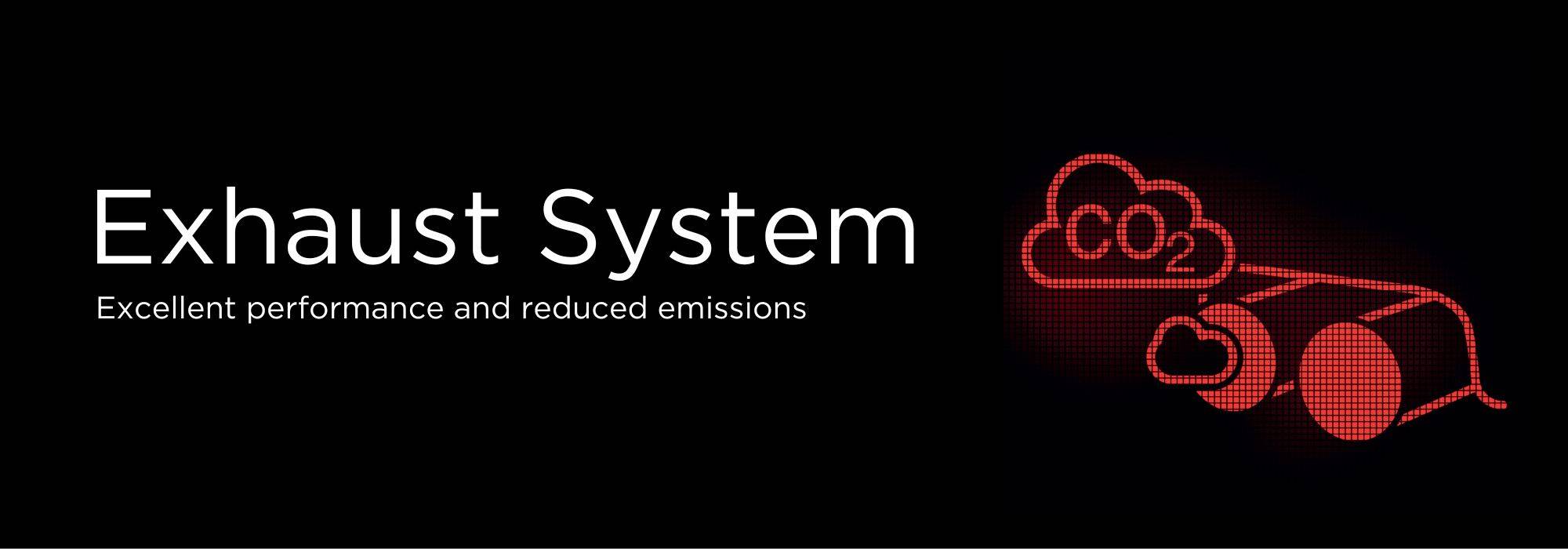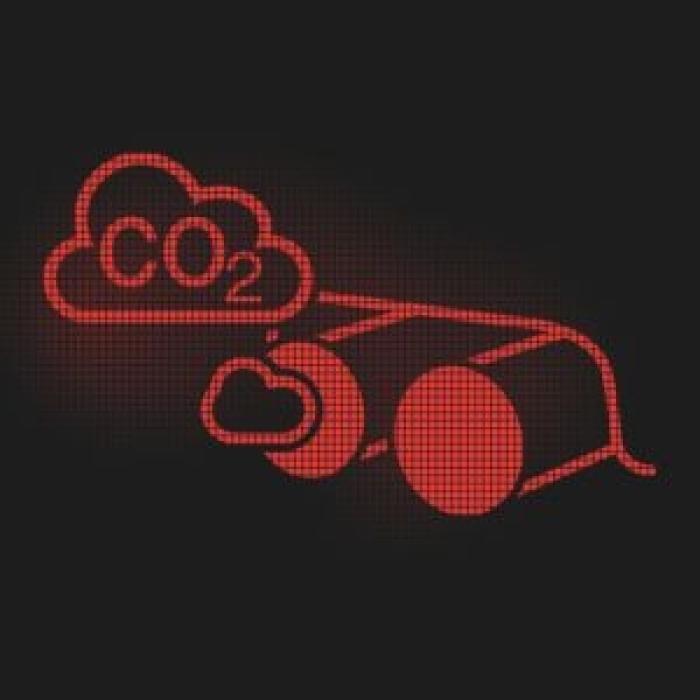
With the European directive on emissions reduction, the EGR valve has become increasingly widespread, an essential component present in almost all modern diesel engines and in some gasoline engines which, through the recirculation of exhaust gases, helps reduce the harmful emissions of nitrogen oxides (NOx) into the atmosphere

HOW IT WORKS
The EGR valves and modules reintroduce a controlled amount of exhaust gases (up to approximately 15%) into the engine’s air intake manifold, thereby reducing combustion temperature and the production of NOx. This has a positive effect on air quality and pollution reduction. Thanks to the premium quality of OP’s EGR valve, optimal engine efficiency, reduced pollutant emissions, and longer component lifespan can be achieved.

EGR VALVE: A LEGAL REQUIREMENT
If not cleaned, the EGR valve may not function properly, leading to reduced movement of the solenoid valve, the valve cap, or even a complete blockage, which can negatively affect engine longevity. A malfunctioning or dirty EGR valve is usually indicated by the illumination of the yellow engine warning light on the dashboard. These issues can often be resolved with specific cleaning products or, if necessary, by replacing the valve.
Removing the EGR valve is illegal and can result in serious penalties, ranging from administrative fines and license suspension to criminal charges for environmental offenses.








